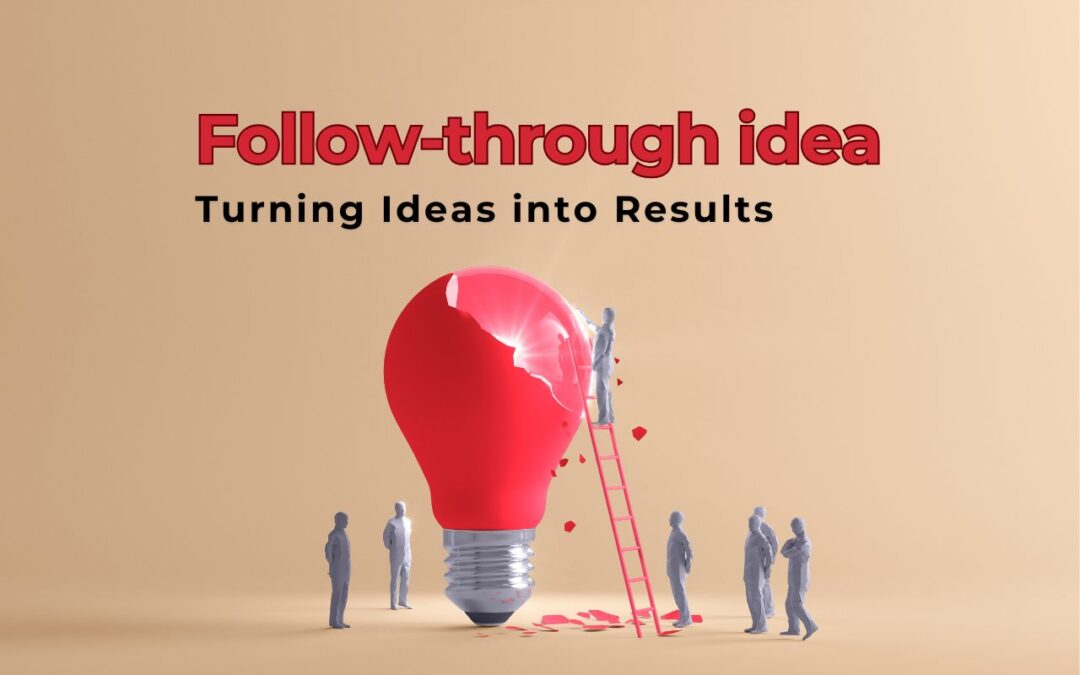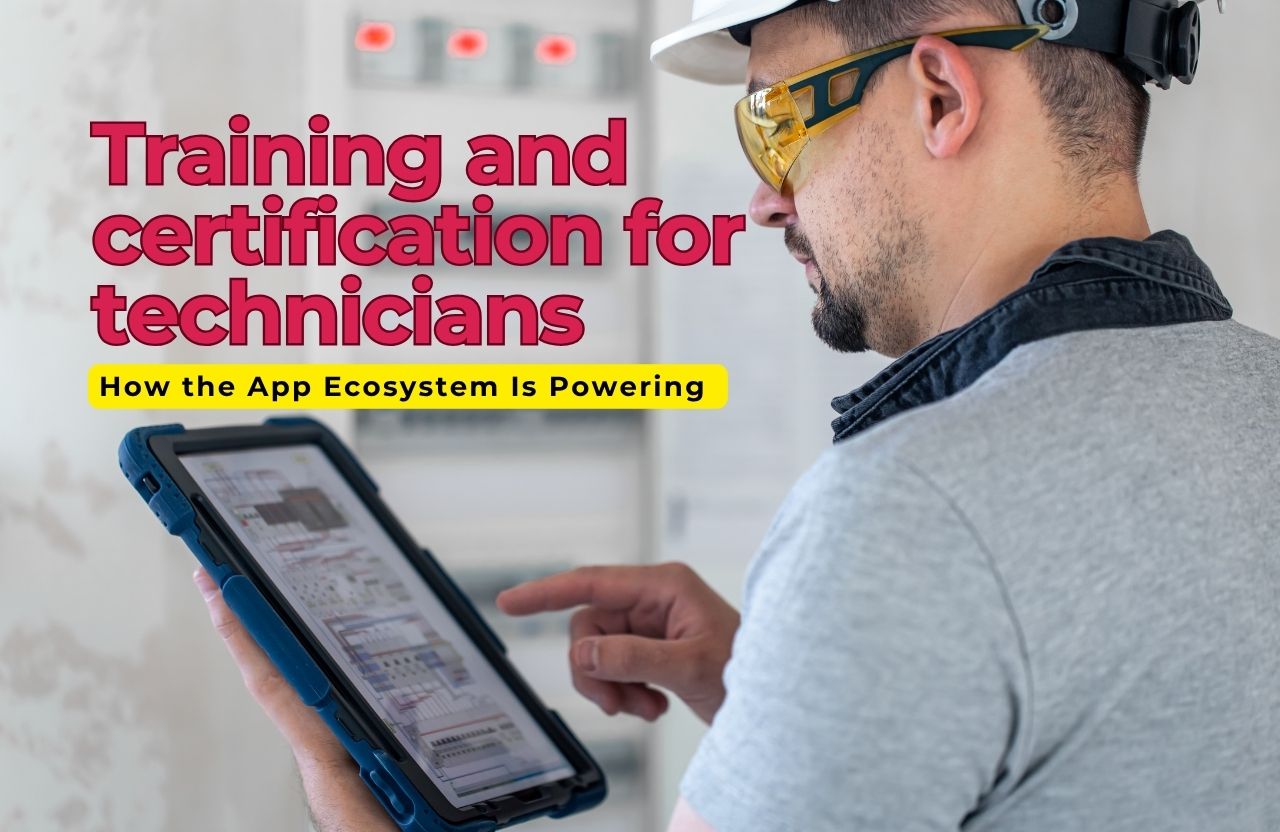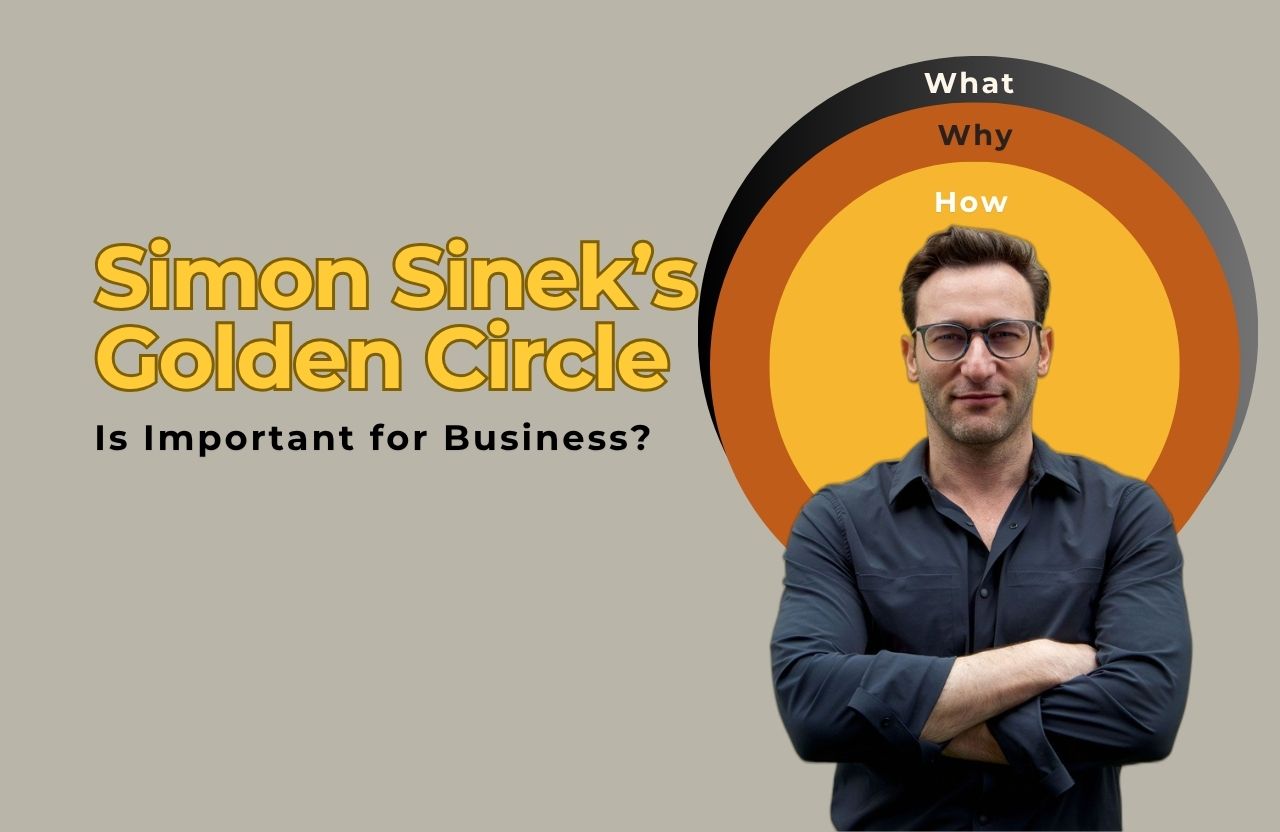Ideas are abundant. From a fleeting spark during a morning shower to a lightning bolt of inspiration during a late-night walk, we all experience moments of creative brilliance. However, what separates dreamers from achievers is not just the generation of ideas but the ability to follow through on them. Follow-through is the bridge that connects inspiration to impact. It is the gritty, often unglamorous journey that transforms an idea into a tangible outcome.
In this blog, we will explore why follow-through is essential, what it entails, common obstacles that prevent follow-through, and actionable strategies to strengthen your follow-through muscle. Whether you’re an entrepreneur, creative professional, student, or team leader, mastering the art of follow-through can dramatically improve your productivity, credibility, and overall success.
Why Follow-Through Matters
a. Execution is Everything
No matter how brilliant an idea is, it holds no real value until it’s executed. Countless game-changing ideas have withered away simply because no one took the time or effort to see them through. In contrast, history is full of examples of people who succeeded not because they had the best ideas, but because they were relentless in executing them.
b. Builds Credibility and Trust
In both personal and professional life, the ability to follow through on commitments builds your reputation. When people know they can count on you to do what you say you will do, your credibility grows. This reliability opens doors, strengthens relationships, and creates opportunities for collaboration.
c. Creates Momentum
When you finish what you start, you build momentum. Each completed task becomes a stepping stone to the next. The satisfaction of crossing things off your list boosts your confidence and propels you forward.
Understanding Follow-Through
a. The Difference Between Starting and Finishing
Starting is exciting; it’s filled with optimism and potential. Finishing, however, is where discipline, focus, and resilience are tested. Follow-through is the gritty middle where obstacles emerge and motivation wanes. It’s about perseverance when the novelty wears off.
b. Psychological Components
Follow-through relies heavily on discipline, delayed gratification, and emotional regulation. It’s about resisting the allure of instant rewards and staying committed to long-term goals. It also requires self-awareness to recognize when procrastination or fear is holding you back.
Common Barriers to Follow-Through
a. Perfectionism
Many people delay finishing a project because they want it to be perfect. Perfectionism can paralyze progress. It’s better to finish something imperfectly and improve it later than to never complete it at all.
b. Fear of Failure (or Success)
Fear can be a powerful deterrent. Fear of failure keeps you from taking the final steps, while fear of success can trigger anxiety about the changes success might bring. Recognizing and confronting these fears is crucial.
c. Lack of Planning
Ideas often die without a clear plan. Without breaking a big idea into actionable steps and setting deadlines, it’s easy to lose direction or momentum.
d. Procrastination and Distractions
Digital distractions, fatigue, and procrastination can derail even the most passionate projects. The modern world is full of temptations that pull focus away from meaningful work.
e. Overcommitment
Trying to juggle too many projects at once can dilute your focus and energy. It’s better to complete a few things with excellence than to start many with no follow-through.
Strategies to Improve Follow-Through
a. Set Clear, Specific Goals
Vague goals produce vague results. Use the SMART framework: Specific, Measurable, Achievable, Relevant, and Time-bound. This clarity helps you stay focused and track progress.
b. Break Projects Into Manageable Steps
Divide your idea into smaller, actionable tasks. This makes the project feel less overwhelming and provides mini-wins that keep motivation high.
c. Create a System of Accountability
Share your goals with a friend, mentor, or coach. Accountability partners can keep you on track and provide encouragement when your motivation dips.
d. Build a Routine and Schedule Work Time
Consistency is key. Set aside dedicated time in your calendar to work on your projects. Treat these time blocks as non-negotiable appointments.
e. Celebrate Small Wins
Acknowledge progress. Celebrate milestones. This reinforces positive behavior and keeps you motivated.
f. Use Tools and Technology
Leverage productivity tools like Trello, Asana, Notion, or even simple to-do lists. These help organize tasks and maintain clarity on what needs to be done next.
g. Embrace Imperfection and Iterate
Accept that your first version doesn’t have to be perfect. Focus on progress, not perfection. You can refine your work later.
h. Reflect and Adjust
Periodically review your progress. What’s working? What’s not? Reflection helps you identify areas for improvement and adapt your strategies.
Real-Life Examples of Effective Follow-Through
a. J.K. Rowling
Before becoming a literary icon, Rowling faced numerous rejections for her Harry Potter manuscript. She continued to refine her work and submit it to publishers until it was finally accepted. Her follow-through transformed an idea into a global phenomenon.
b. Elon Musk
Musk is known for his audacious goals, but what sets him apart is his execution. Whether it’s launching rockets or electric vehicles, he surrounds himself with the right teams, sets clear goals, and pushes through setbacks.
c. Marie Kondo
Kondo turned her philosophy of tidying up into a global brand by writing books, developing a clear system (KonMari), and consistently applying it. Her methodical follow-through helped her ideas resonate with millions.
The Follow-Through Mindset
a. Commitment Over Motivation
Motivation is fleeting. Commitment is enduring. Cultivate a mindset that commits to seeing things through, even when motivation dips.
b. Growth Mindset
Adopt a growth mindset that sees challenges as opportunities to learn rather than barriers. This keeps you engaged when difficulties arise.
c. Resilience and Grit
Success often requires weathering failures and setbacks. Grit—the combination of passion and perseverance—is essential to follow-through.
d. Ownership and Responsibility
Own your projects. Take responsibility for outcomes. When you stop blaming external factors, you become empowered to act.
Follow-Through in Teams and Organizations
a. Aligning Vision with Execution
For teams, it’s critical to align big-picture goals with day-to-day execution. Clear roles, responsibilities, and communication channels support follow-through.
b. Leading by Example
Leaders set the tone. When leaders model follow-through, they inspire their teams to do the same.
c. Creating a Culture of Accountability
Teams thrive when there’s mutual accountability. Regular check-ins, progress reviews, and celebrating team wins foster a culture where follow-through is valued.
d. Using Project Management Tools
Organizations can enhance follow-through by implementing systems that track progress, assign tasks, and flag bottlenecks.
Conclusion: Turning Potential into Reality
Ideas are powerful, but only when they’re acted upon. Follow-through is what transforms potential into performance. It’s the grind behind the glory, the daily actions that lead to breakthroughs. Whether you’re launching a business, writing a book, or pursuing a fitness goal, your ability to follow through will ultimately determine your success.
Start small, stay consistent, and keep your eyes on the outcome. Remember: the world doesn’t need more ideas. It needs more people who can bring ideas to life. Be one of them.













